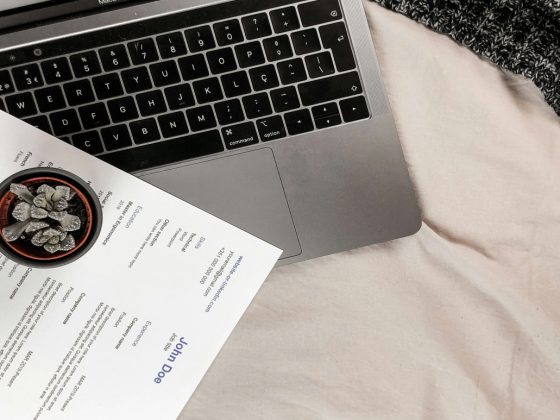The first thing that a hiring manager or a recruiter recognizes you with is your resume and hence you need to make sure that your first impression is a good one. While most of us are focused on mentioning our work experience, we sometimes tend to forget about the employment gaps in our resumes, which are as important as anything else for a recruiter.
Instead of trying to skip or hide the employment gaps, you should address them in a way that adds value to your resume. And if you think that this sounds impossible, then let us help you make your resume stand out, even if you’ve taken gaps in between your jobs.
But before we jump into this discussion, let’s try to understand employment gaps a little better.
What Are Employment Gaps?
An employment gap in your resume is a period of unemployment where the employee is not formally employed with any organization. This period can range from a few months to several years and can be taken voluntarily or involuntarily. One or a few employment gaps on your resume can be marked as red flags by the hiring manager if you are unable to reason those gaps carefully.
Should You Mention The Employment Gaps on Your Resume?
Unlike your unpaid internships or jobs you worked for barely a few months, you should not skip mentioning your employment gaps. If it were before you had a smooth run and you are not mentioning the work experience before the gap, then you can skip mentioning it. Otherwise, always mention the gaps but do it smartly so that your recruiter appreciates your honesty and the time you took off to do something meaningful. Here’s how you can add your gaps to the resume.

1. Never Hide Your Employment Gaps – Be Transparent
If you were laid off because of the pandemic or quit for personal reasons, just be honest about it. If you hide it or try to lie, your hiring manager might feel that you have the potential to hide other things as well. That will leave a very bad impression on them and reduce your chances of getting the job as well. If you are furloughed, then mention it next to the ‘start and end’ section of working years for your current employer. Highlight the gap time and mention the reason. Always fill these spaces with reasons that reflect on your productivity. You could have volunteered for an organization, took up a course, or freelanced in the meanwhile. Mention these things, and if possible then provide the certifications for the same.
2. Use Your Cover Letter Optimally
Cover letters have way more space than resumes and hence it is a good choice for explaining your gap years. You can talk about them in detail and give a clear context for the gap. That way the hiring manager gets a better picture. But, at the same time, some recruiters do not read the entire cover letters, so better be prepared with the same story for your interview as well.
3. Employment Gaps Are No Big Deal Anymore
We are past those days where taking a break to explore or upskill yourself was considered unprofessional. Recruiters now prefer candidates who are focused on their personal growth as well, and hence if your gap years were well utilized, they will consider it a good thing. Always maintain an upbeat attitude about the time you took off to do something or yourself that has really helped you grow as an individual or as a professional. Show confidence in your decisions.
Conclusion
As an employee, you are also looking for an organization that is flexible and cooperative, so for recruiters to show excessive rigidity or negativity towards gap years is a red flag from the company’s end as well. They want you to leave with a good impression, therefore they will not reject your resume just because you have had a few months or a few years of employment gaps.
So, all the very best and show them what you got!









